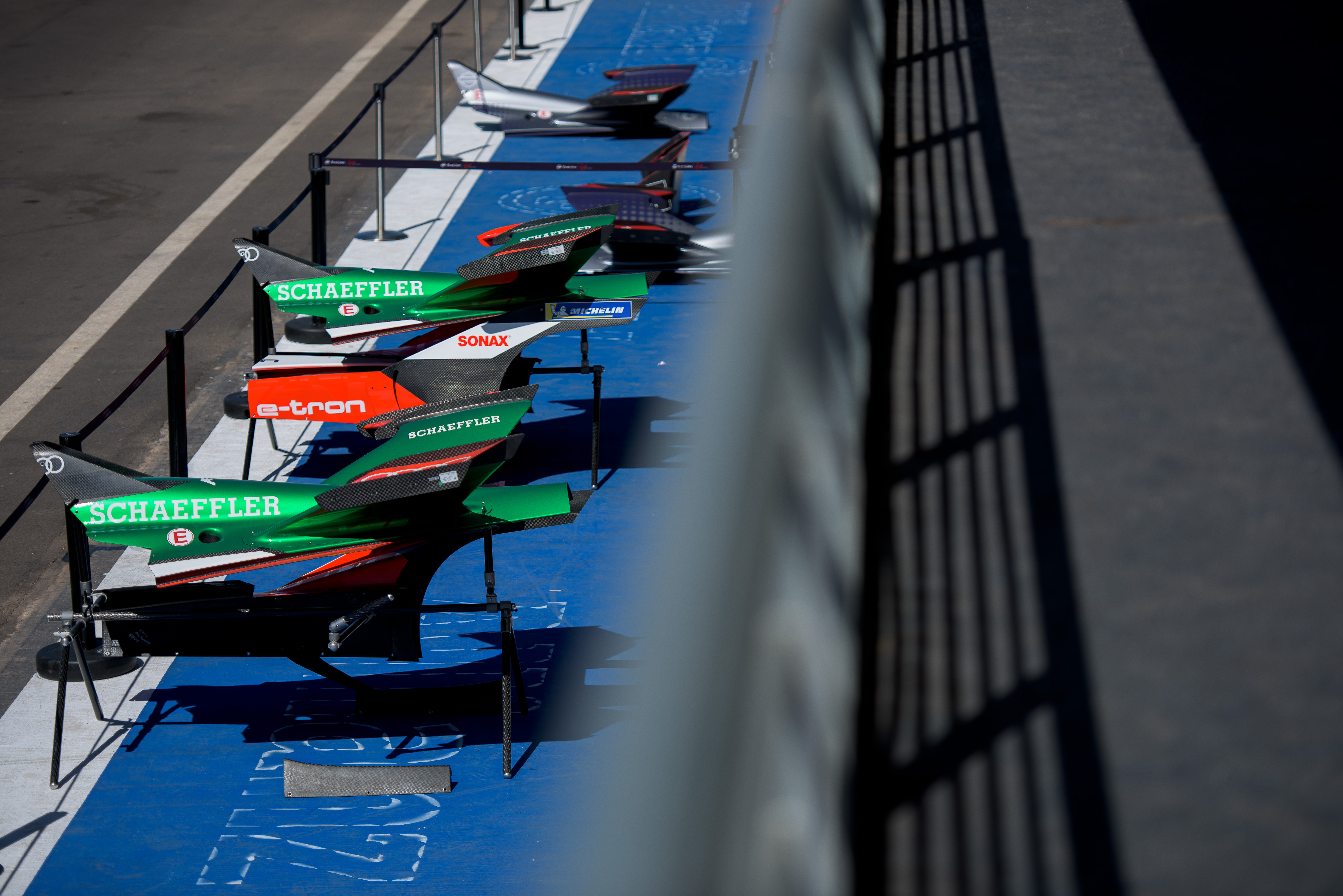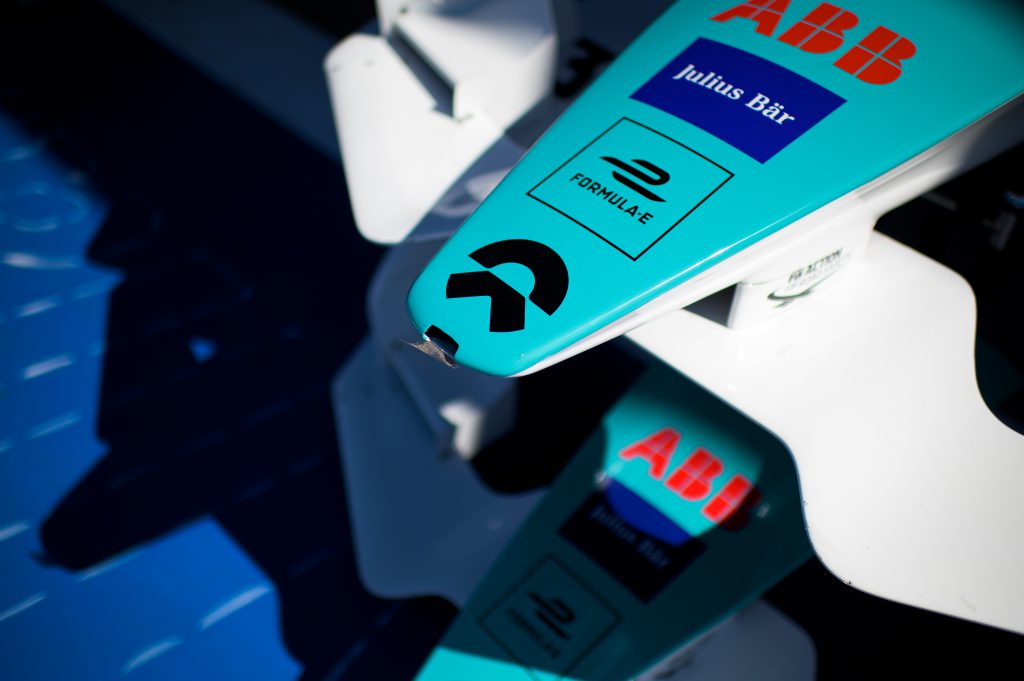The next generation of Formula E is set to have a regenerative capability of 600kW and a fast charging element that will change the complexion of the all-electric championship.
The Race can reveal that the decision, which was one option in the tendering documents released by the FIA last December, will feature a scenario of a 600kW regen total, 350kW on the rear axle and 250kW on the front via an MGU.
A total of 350 kW is set to be maximum power output in qualifying, with 300kW for the race, which is highly likely to keep the attack mode format.
The more conservative option of 450kW is believed to have been recently dismissed by the FIA in favour of the more potent regenerative option.
The new Gen3 plans, which are set to be publicly unveiled later this month and debut at the start of the 2022/23 season, were not initially met with widespread approval across manufacturers.
Some are known to have questioned the overall cost implications of the plans. However, it is believed that a recent thawing of the opinions has taken place in some manufacturers eyes because of what is believed to be a subsidised package on some spec elements of the new specification.
The Race reported earlier this week that some cost saving, including a commercial deal around the battery and fast charging infrastructure, is anticipated to offset some of the cost.
The new-look cars will ensure teams cannot carry over significant concepts of current Gen2 powertrain designs to the Gen3 car because they would not be able to make full use of the regen capability offered under the regulations.
“I can see why some of the manufactures don’t like it because they were happy with the Gen2 car and they know that significant change has a significant cost,” said The Race’s technical consultant and former Formula E technical director, Peter McCool.
“I think the FIA and Formula E though are setting a good strategic road map – with road cars the more energy you can recover while driving the greater the range you will have.
“Driving the technological development of road cars through motorsport is a great marketing tool for manufacturers.”

In addition to the 600kW regen capability, there will be the introduction of fast charging in the all-electric championship. This is set to mean approximately 30-second charging pitstops to an approximate of 600-800kW in power.
“Fast charging at these rates [600-800KW] is very technically challenging for the battery supplier and very costly and there will be a lot of new infrastructure required,” said McCool.
The Race understands that the fast charging kit suppliers have been sourced and that details of the deal will see expected Gen 3 battery supplier Williams Advanced Engineering work directly with the supplier immediately.
The new lighter and quicker Formula E cars will introduce a much greater challenge to drivers and engineers in 2022, something which McCool believes will be a win-win situation for the championship.
“The drivers will enjoy the complexity of having to change driving styles to recover more energy, and from both axles,” he said.
“Energy recovery from the front wheels as well will present another big challenge because not only can you vary and optimise the energy recovery across front and rear axles differently, but you can tune car balance on corner entry and exit using regen and power modes differently on different axles.
“The cars will be a significant step more complicated. Having a front axle MGU makes the front of the car much more complicated.”




